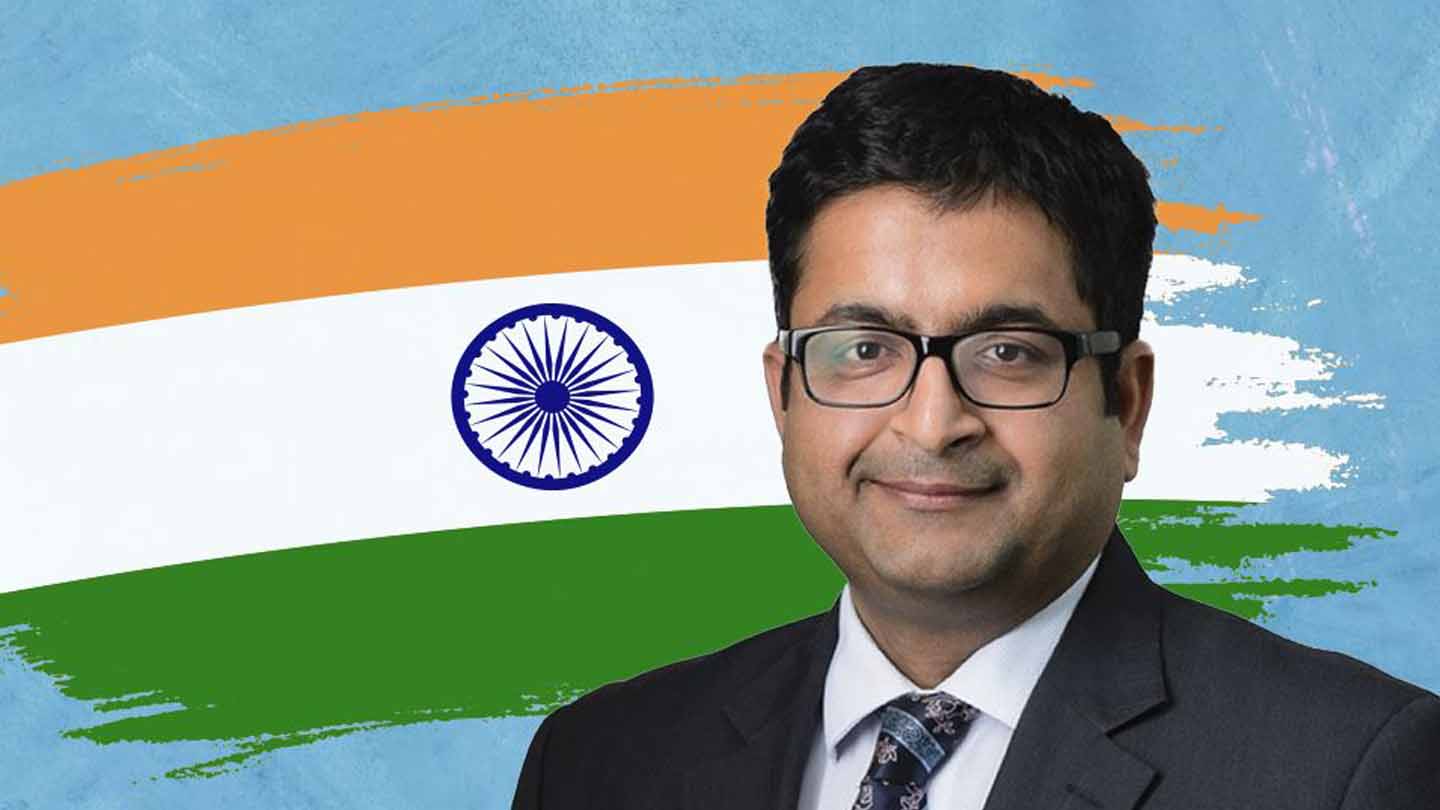India: Many positive developments for the population
India recently crossed a milestone by becoming the most populous nation in the world. Despite being one of the oldest civilizations, the country stays vibrantly young. How has Indian society evolved over the past decades, what are its healthcare needs and how can Boehringer Ingelheim help fulfill them? These are some of the questions we have asked Sandip Agrawal (Interim General Manager of Boehringer Ingelheim India).

Sandip, how would you describe your home country?
Young and growing! Our median age is 28.2 years. We have the largest pool of graduates with a Science, Technology, Engineering and Mathematics (STEM) background. The purchasing power of over a billion people has driven our economic growth: Only the US, China, Japan, and Germany are now ahead of India in terms of the national economy volume. And the share of India’s working age population to the total population will keep growing and is expected to reach around 70% by 2030.
How will India’s role in the world change over the next few years?
India’s large working-age population can provide skill-based talents in India and globally. Today, India accounts for around 50% of all technology and service hubs of global corporations across the world. Leading pharmaceutical companies have invested in research and development centers and global capability centers here, especially in southern India. With the most sites approved by the FDA outside of the US, India’s manufacturing capabilities are also a growth driver.
On the other hand, only 3% of all clinical trials are currently taking place here, but we account for around 15% of patients with high-prevalence diseases such as respiratory infections, cardiovascular disease, diabetes, and cervical cancer. We already see a positive development in this regard, though: Overcoming past regulatory hurdles, clinical trials have increased 10-fold in India just in the past three years.
Boehringer Ingelheim started operating in India, more precisely in Mumbai, in 2003. How has the country changed since then?
India has undergone a remarkable transformation. The substantial economic growth resulted in extreme poverty levels going down significantly, with overall improvements in the standard of living. Initiatives like Jan Dhan (banking access to all), UPI (a digital payment interface) and Aadhar (unique identification numbers) have helped to drive financial inclusion. Furthermore, the Indian government has made significant efforts to provide universal healthcare coverage and insurance to its citizens. These government-provided essential healthcare services as well as telemedicine, combined with a growing health tech start-up ecosystem, have truly improved the access to healthcare for all Indians.
How do these societal developments affect our company?
We are aligned with the government’s focus on non-communicable diseases, anti-microbial resistance as well as rare diseases and have the product portfolio to address the healthcare needs of the country. Our patient initiatives like Sahyog (Cooperation) and Ashwasan (Assurance) empower patients through personalized interactions, counseling, and information about diabetes. Since Boehringer Ingelheim entered the Indian market 20 years ago we could transform the lives of 14 million patients, and we keep reaching more. The domestic livestock industry has also witnessed significant growth, with a population of 535 million livestock in 2019, technological advancements and government support.
India is an extremely diverse federal union, as for instance proven by its 23 officially recognized languages. How do the regional differences within the country affect its pharmaceutical market?
India's geographic and demographic diversity with regard to cultures, languages and cuisines impact the healthcare outcomes. Some communities have well-established facilities and easy medicine access, while others struggle with infrastructure and delivery. By understanding and addressing regional differences and empowering patients, we aim to improve the overall healthcare outcomes.
Do you see a change in healthcare needs considering the asks of a young nation?
Chronic diseases are on the rise. A recent study for instance showed that 100 million Indians live with diabetes – this is two and half times the population of Canada. Additional 136 million persons are pre-diabetic, and other cardiometabolic diseases such as hypertension, cholesterol levels and obesity are also more and more common. Proactive healthcare treatments and tailored initiatives to enhance preventive care and chronic disease management are urgently needed. Our novel compounds and awareness of comprehensive cardiometabolic care can help overcome these difficulties.
Where do you see India and its economy in 20 years from now in the future?
India has the triple advantage of strong economic and income per capita growth, an increased focus on healthcare by the government and a growing reach of health insurance. With an accelerated pace of economic reforms our economy will continue to grow strongly, and we have the opportunity to become a global healthcare powerhouse. India’s 'Pharma Vision 2047' initiated by the government strives to position India as a global leader in innovative and high-quality pharmaceuticals and medical devices, driven by research and development, industry collaborations, and fortified regulatory frameworks. Through these comprehensive measures and broader economic reforms, India has the potential to transition from the ‘pharmacy’ of the world to the ‘laboratory’ of the world.
More facts and figures about India:
Links

Visit our career website






